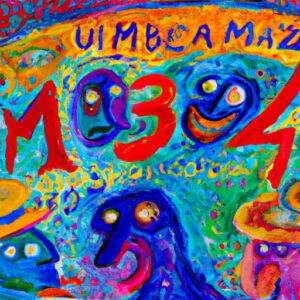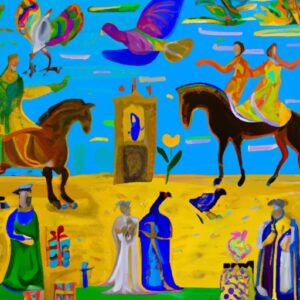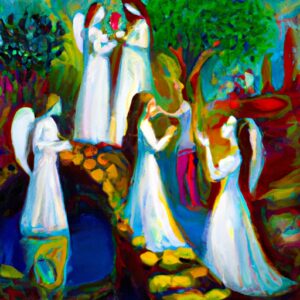The months of the year in Italian
Here’s the list of the months of the year (i mesi dell’anno) in Italian:
| month / months | mese / mesi |
| January | gennaio |
| February | febbraio |
| March | marzo |
| April | aprile |
| May | maggio |
| June | giugno |
| July | luglio |
| August | agosto |
| September | settembre |
| October | ottobre |
| November | novembre |
| December | dicembre |
Let’s see some of these in example sentences:
A giugno sono andata in Sardegna.
I went to Sardinia in June.
Il suo compleanno è il 29 febbraio, che strano!
Her birthday is on the 29th of February, how odd!
Settembre è il mio mese preferito.
September is my favourite month.
To remember how many days there are in each month, we have a little rhyme that you can memorize in Italian, just like in many other languages. Here it is:
Trenta giorni ha novembre,
con april(e), giugno e settembre,
di ventotto ce n’è uno,
tutti gli altri ne han trentuno.
Thirty days has November,
with April, June, and September,
there’s just one with twenty-eight,
all the rest have thirty-one.
The four seasons in Italian
Well, if you’ve learned the name of the months in Italian, you might as well learn the seasons!
The seasons – le stagioni
Spring – la primavera
Summer – l’estate (feminine)
Autumn / fall – l’autunno (masculine)
Winter – l’inverno (masculine)
Have you noticed? Unlike the months of the year, these usually go with an article and have different grammatical genders: primavera (spring) and estate (summer) are feminine, and therefore take feminine articles and adjectives, while autunno (autumn) and inverno (winter) are masculine and take masculine article and adjectives.
Let’s have a look at some examples:
Quest’inverno sarà freddo.
This winter will be cold.
L’estate prossima andrò al mare.
Next summer I will go to the seaside.
La mia stagione preferita è la primavera.
My favourite season is spring.
L’autunno scorso è stato molto freddo.
Last autumn/fall was very cold.
And, since we started with rhymes, why not learn another one to remember the seasons!
| “Le stagioni” (di R. Piumini)Prima viene primavera con i fiori sulla pianta, poi estate calda e chiara quando la cicala canta, poi autunno bruno e quieto con castagne e foglie rosse, poi inverno infreddolito con starnuti, gelo e tosse. |
“The seasons” (by R. Piumini)First comes spring with flowers on the tree, then summer warm and light when the cicada sings, then autumn dark and quiet with chestnuts and red leaves, then chilly winter with sneezes, frost, and cough. |
Common doubts: capitals, articles, gender, and prepositions
There you are, you’ve just learned the months of the year and the seasons in Italian. How do you use all this new knowledge in real life, though?
Let’s try to clear up the most common doubts regarding months and seasons in Italian.
Capital letters
If you’ve read this article up to this point, you might have noticed: we do not use capital letters in Italian for months or seasons. Using a capital letter is actually a grammar mistake, so try to remember this detail!
Articles
Again, you probably noticed, but it doesn’t hurt to repeat it: we generally do not use articles with months of the year.
With seasons, on the other hand, we do use articles, both definite (il, la, lo, l’, i, gli, le) and indefinite (un, uno, una, un’), depending on the context.
Gender
Unlike the seasons, which we’ve already seen above, all the months of the year are masculine and, even if they do not need an article, they will take masculine adjectives:
- Agosto è il mese più caldo dell’anno.
August is the hottest day of the year. - Febbraio è il mese più corto.
February is the shortest month.
Prepositions
With the months of the year, in Italian, the preposition a is the most commonly used, even if in can also be correct in some cases. If you want to make things easier, though, using a is the best solution!
- Mio figlio è nato a luglio.
My son was born in July. - Il giorno di Natale è a/in dicembre.
Christmas day is in December.
With seasons, on the other hand, the general rule is to use the preposition in.
La neve si scioglie in primavera.
The snow melts in spring.
In autunno ricominceranno le scuole.
School will start again in the fall.
Be careful, when we say a date, we do not need to use a preposition before the month of the year:
Sono nata il 24 giugno.
I was born on the 24th of June.
Il giorno dell’Epifania è il 6 gennaio.
The day of the Epiphany is the 6th of January.









